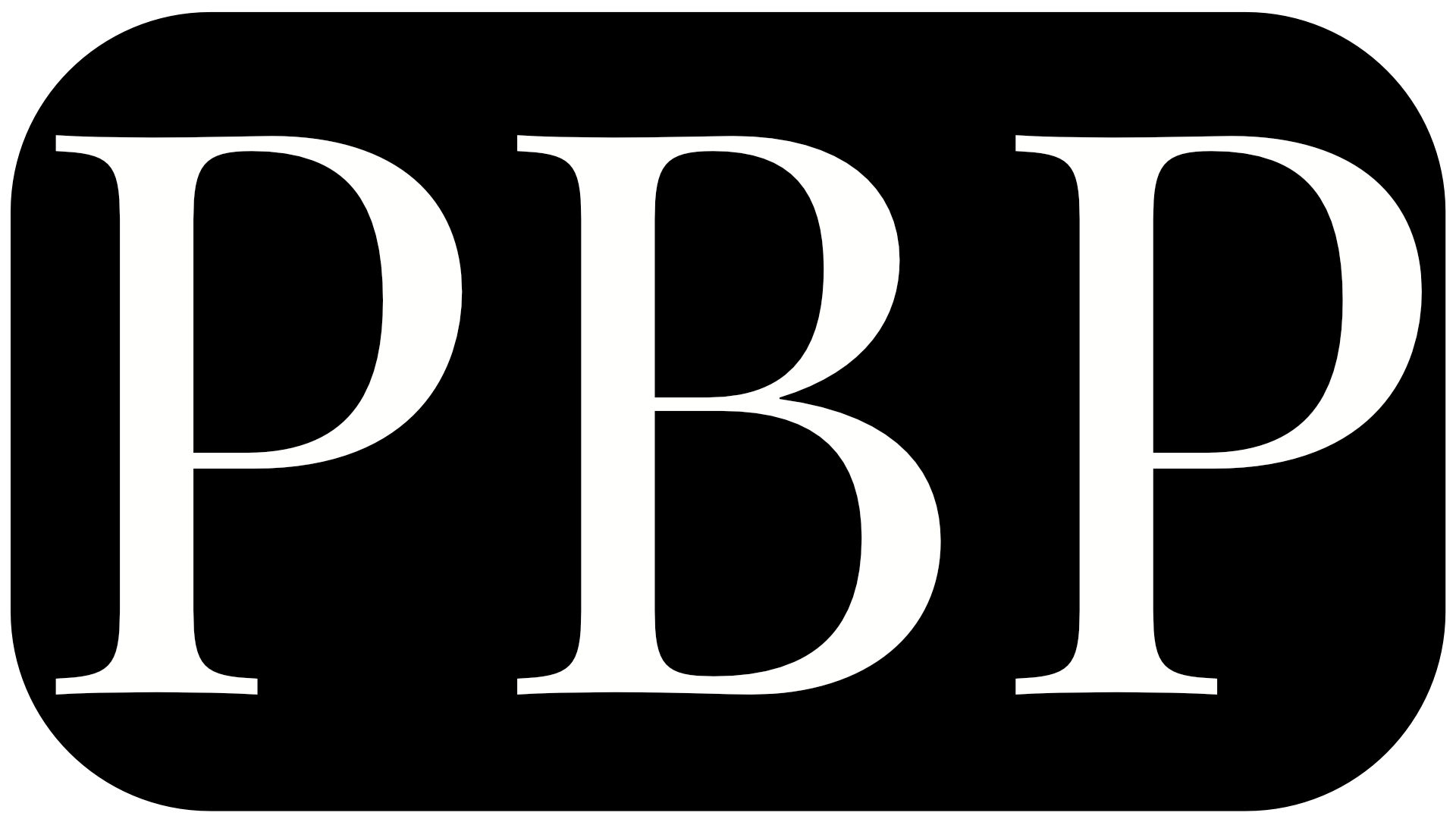Philip B. Payne and Paul Canart, “Distigmai Matching the Original Ink of Codex Vaticanus: Do they Mark the Location of Textual Variants?” pages 199-226 in Patrick Andrist, ed., Le manuscrit B de la Bible (Vaticanus graecus 1209): Introduction au fac-similé, Actes du Colloque de Genève (11 juin 2001), Contributions supplémentaires. Lausanne, Switzerland: éditions du Zèbre, 2009, has been published and is available for free download at the above link or under this web site’s Publications : Articles page. This is probably the most important collection of essays on Codex Vaticanus B ever published. For a full description of this volume and a complete list of its essays see Le manuscrit B de la Bible (Vaticanus graecus 1209). It can be purchased at the discounted price of $49 from our secure on-line Order Form.
Phil

Thanks Phil, that is very helpful.
Thanks for your comment, Peter. Since you have access to the actual Le manuscrit B de la Bible volume there at Tyndale House, please examine Plate 8 at the back of the volume to see the enlarged image of the distigme at 1409 column 2. This enlargement clearly shows the original apricot color of the right dot that has not been re-inked.
It also shows that the re-inking of the left dot matches the dark chocolate brown color of the adjacent r-einked text, yet a little original apricot color ink is still visible on the lower left part of that dot. Note especially in the left image of this same distigme with the surrounding eleven lines of text, how the color of the right dot closely matches the color of the unreinforced letters tau omega nu displaying the original ink of the codex in the third line from the bottom of that image.
It is these kinds of color matches that persuaded Paul Canart that fifty-one distigme match the color of the original ink of Codex Vaticanus.
I believe that in addition to the 51, one should also include this example at 1409 B 25 and other instances where apricot color ink protrudes below dark chocolate brown ink that matches the ink color of the rest of the re-inking of Vaticanus in the Middle Ages, such as the two identified on pages 214-215 of this article.
The most natural explanation of distigme that were originally written in ink that matches the original apricot ink color of the manuscript and that were reinked with ink that matches the dark chocolate brown of the re-inking of the manuscript in the Middle Ages, is that the apricot color distigmai, like the apricot color diplai, were penned as part of the original production of the manuscript and that they were re-inked when the manuscript was re-inked in the Middle Ages.
I do not see how such double sets of color matches (both apricot and dark chocolate brown) can plausibly be attributed to a single person, de Sepulveda, in the sixteenth century.